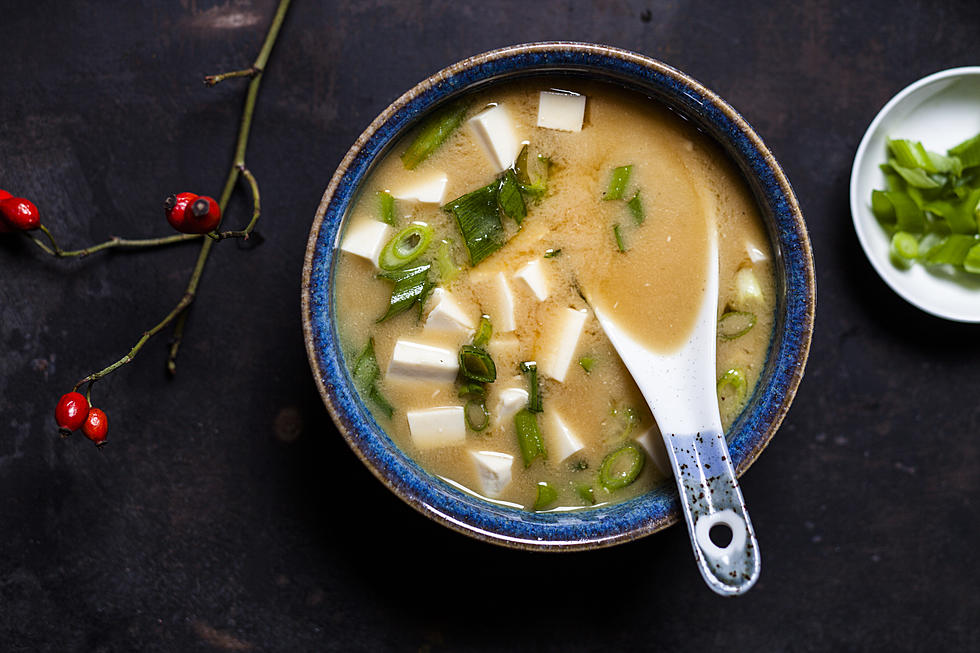
To Reduce Stress and Boost Energy, Try Maca Root
Maca root is rightfully enjoying the spotlight right now as a key ingredient added in smoothies, shakes, chocolate bars, and more. Grown exclusively in the Peruvian Andes, maca has a long history of traditional use by indigenous communities in South America, for supporting energy and fertility. But how does maca root actually work? Does it affect men and women differently? And what is the best way to take maca? Here's what science has to say.
What is maca root?
Part of the brassica family of vegetables (which includes broccoli, rapeseed, mustard, kale, arugula, and radish), maca (Lepidium meyenii) is grown in the harsh climate of the central Andes where it is exposed to intense sunlight and strong, cold winds. These adverse conditions might explain why maca is renowned as an adaptogenic herb – one that helps the body adapt and cope with physical, mental, and emotional stresses.
The turnip-shaped root is traditionally dried and boiled before eating. The benefits of maca stem from its unique profile of nutrients.
Maca root's nutrient profile per 100g
- Fiber: 7.1g
- Protein: (including the essential amino acids) 14.3g
- Vitamin C: 285mg
- Calcium: 250mg
- Iron: 14.8mg
- Copper: 6mg
- Potassium: 2000mg
In addition to macronutrients, vitamins, and minerals, maca root provides a range of compounds known as secondary metabolites that include glucosinolates, tannins, saponins, and sterols, and the unique compounds macaridine, macaene, macamides, and maca alkaloids. This combination of vitamins, minerals, and secondary metabolites give maca its adaptogenic power, helping support energy production and hormone balance, and even aiding fertility.
There are three different colors of maca root: Black, yellow, and red. Yellow maca is the most widely grown, followed by red, and then black. Each type contains varying amounts of active ingredients, which explains why some types are more suitable for certain health issues than others.
Maca helps manage stress, boosts energy and performance
The unique balance of active ingredients in maca helps the body build resilience to stress and increased mental and physical demands.
Studies in mice and rats have shown that active components in maca root enhance the activity of powerful antioxidant enzymes and help cells produce energy more effectively. Therefore maca may reduce fatigue and exhaustion at stressful times.
This adaptogenic effect makes maca root a popular choice for athletes. One study examined the performance effects of maca on a soccer team from Cusco, a city located at 3400 meters above sea level. The players ingested 1500 mg per day for 60 days, and tests were conducted to determine speed, oxygen consumption, and performance, before and after the ingestion.
Results showed a 10.3 percent increase in the physical performance of the players and an increase in oxygen consumption of up to 33%. Based on these results, it is thought that maca root benefits physical performance in athletes and non-athletes.
The powerful adaptive and anti-inflammatory benefits of maca root make it an ideal choice for managing symptoms of adrenal fatigue and chronic fatigue —debilitating conditions associated with low-grade inflammation and impaired energy production.
Research links maca root to boosting fertility
Maca is a traditional fertility tonic for both men and women, though human research in this area is lacking. Male animal studies and older small-scale human studies show that supplementing with maca can increase seminal volume, sperm count, and sperm motility – independent of any changes to hormone levels. Maca is also shown to greatly improve mild erectile dysfunction and sexual wellbeing compared to placebo.
Maca is thought to support male and female libido, though again this may be due to its adaptogenic properties rather than any direct hormonal influence. One small-scale study showed maca reduces anxiety, depression, and sexual dysfunction in women, with no changes to hormone levels.
Does maca root benefit men and women differently?
All types of maca are known to generally support energy, resilience, and cognitive function. However, there are some differences in how maca root may benefit men and women, due in part to the type of maca being used.
Black maca is thought to be of particular benefit to men due to its effects on libido, erectile dysfunction, endurance, and muscle gain, whereas red maca has benefits for men and women. In animal studies, red maca was shown to be more effective than yellow or black maca at reducing prostate enlargement, and red maca is thought to support female fertility and the menopausal transition.
In a pilot study on Chinese postmenopausal women, the adaptogenic properties of maca reduced symptoms of depression and high blood pressure. Both black and red maca has been shown to support bone strength in animal studies.
Is maca root safe?
Maca has a long history of use in South American traditional herbal medicine. Contemporary animal studies show it has a low degree of acute oral toxicity and low cellular toxicity in laboratory tests.
As with all food supplements, it is essential to follow the product usage guidelines and consult with your healthcare practitioner before using maca if you are pregnant or taking any medications.
Side effects are rare and usually limited to mild gastrointestinal upset, possibly due to the fiber content of the root. To help reduce the likelihood of side effects, start on a low dose of maca and increase it gradually to give your body time to adjust.
How to incorporate maca root into your diet
Maca root is available as pills or powder, though the powder is easiest to add to smoothies, soups, teas, and juices. It has a soft earthy, nutty taste making it the perfect complement to fruit, nuts, seeds, grains.
Dosages used in human research vary from 1.5g to 3.3g per day, so it's best to start on a lower dose, increase it slowly, and follow the dosage guidelines on your chosen maca product.
Remember to calculate your total daily intake – if you're adding maca root to a homemade smoothie and snacking on maca-enriched products later in the day, this all adds up.
As with most natural food and herbal remedies, maca root doesn't work instantly and will need to be taken daily for a few weeks at least to make a difference to your health. If you're using maca for hormone or fertility support, consider taking it for at least three months.
Try these simple maca root recipes
- The powder blends easily into a breakfast smoothie helping you feel energized and ready to cope with whatever the day has in store.
- Maca pancakes: add 1/2/ - 1 teaspoon of powdered maca to your usual pancake mix.
- Overnight Oats: add the powder to the oats and let it soak overnight in plant milk or water for a filling nutritious breakfast.
- Oatmeal cookies: add a teaspoon of maca powder alongside the other dry ingredients.
- Maca latte: heat 1 cup of almond, soy, or oat milk and whisk in maca powder, cinnamon, and a drizzle of honey to taste.
Bottom Line: Try Maca Root for coping with stress and boosting energy
Start with a lower dose and build gradually as your body gets used to it. Check with a doctor before consuming any products containing maca if you are pregnant, taking medication, or have a health condition.
If you're looking for more ways to incorporate a healthy, plant-based diet into your day-to-day life, check out our Health and Nutrition articles.
More From The Beet









